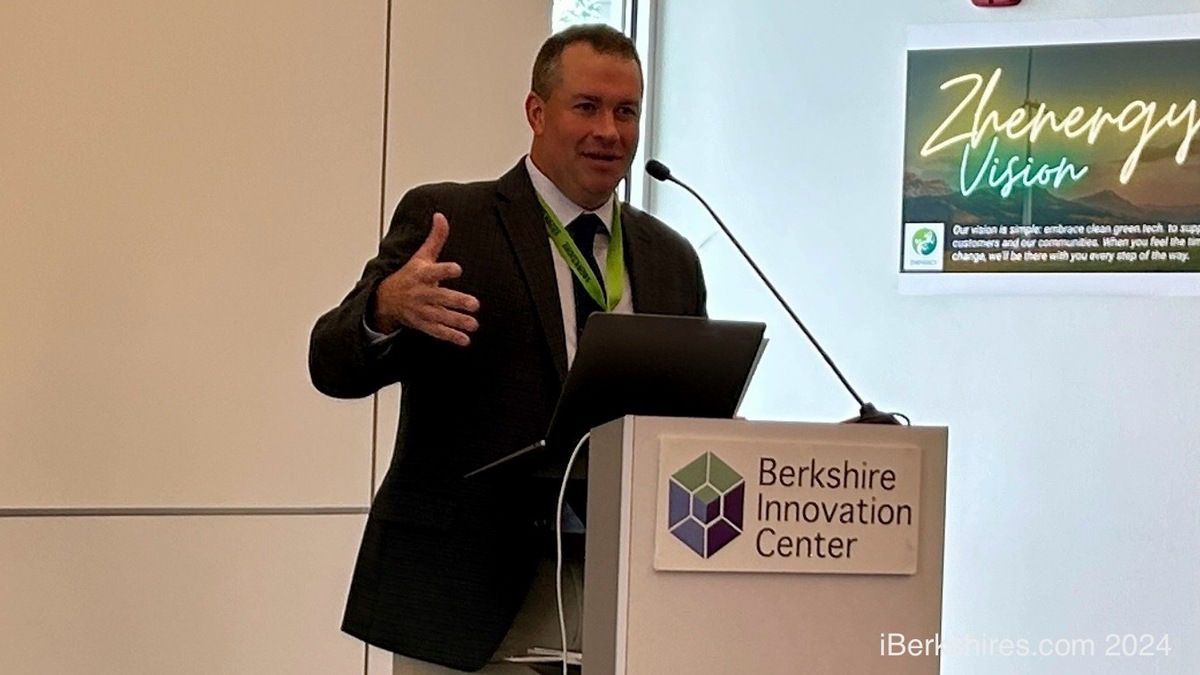Pittsfield's Holiday COVID Surge Subsiding
PITTSFIELD, Mass. — The city continues to recover from the holiday COVID-19 surge with numbers dropping at the rate that they had previously spiked.
The average case rate per 100,000 people is 168.7 after peaking at an all-time high of 283.1 on Jan. 16. The positivity rate is 13.6 percent, down from 18.1 during the peak, and there are about 272 estimated actively contagious cases.
This is still much higher than the city's pre-holiday metrics. On Christmas, the average case rate was 64.8 and the positivity rate was 6.3 percent.
There are currently about 29 COVID-positive patients in Berkshire Medical Center and a little over 75 percent of Pittsfield patients are unvaccinated.
"We are starting to see that downward trend of that locally and nationally," Director of Public Health Andy Cambi said to the Board of Health on Wednesday.
"Something that I do want to know is that daily hospital census compared to the previous spikes that we used to deal with before, they did not rise as they did with previous spikes."
After consulting with the city's public health nurse and contact tracing team, Cambi confirmed that occasional increases in metrics can be expected when rates are declining.
He credited low hospitalization numbers to the Pittsfield and Berkshire County's high vaccination rates: 74 percent of city residents are fully vaccinated and 76.5 percent of county residents are.
The Health Department recently held two well-attended vaccinations clinics at Berkshire Community College through the Berkshire Vaccine Collaborative. Cambi said about 2,500 people attended to get a booster, first dose, and even some pediatric doses.
Cambi also reported on the distribution of about 10,000 at-home COVID-19 test kits from the state. At the end of the year, the city was among the 102 towns and cities selected to receive the hot commodities.
About 25 community partners were able to help distribute the tests, which were allocated for those who may not be able to afford them.
"I reached about 25 different community partners. They were all very welcoming, very proactive in getting all these test kits out," Cambi explained. "So that was a great success and they were gone within about three weeks, so that was great news."
The city has made another order for test kits, which are currently on backorder. In about a month, they are expected to be available at the Health Department and at the Berkshire Anthenaeum.
The board also reviewed Pittsfield's masking directive that was put into place in early November. It states that masks should be worn in all publicly accessible indoor spaces in the city unless seated at a table eating food or drink.
If not abided by, it suggests that a stricter directive with fines and license and permit suspensions could follow.
Cambi reported that people have mostly been compliant. The board was in favor of sticking to the directive and not removing the mask mandate, especially in light of the declining metrics.
Tags: COVID-19,
More Coronavirus Updates
















